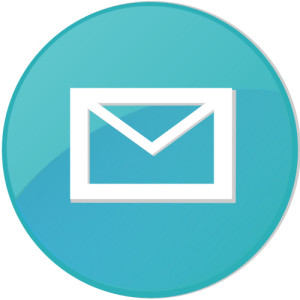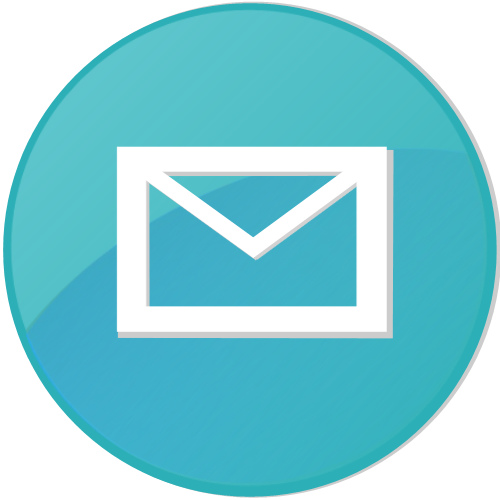When I prepare a resume for a client, I have reasons for every format element I use. My reasons are based on research and my experience with direct response fundraising. I started my career doing fundraising for a South Bronx community development organization, and built a direct mail fundraising program from scratch.
Direct response is the most “scientific” of all marketing mechanisms – whether used for snail mail, email, banner ads, newspaper ads, or magazine inserts. The reason for this is that direct marketers test, test, test. If there is a direct mail package that seems to work well in terms of getting responses, then you want to see if the same package will work better or worse if you change just one element.
For example, at City Harvest, we had a package that was doing well – the letter, envelope, reply device – so we decided to change one element. Instead of putting in a BRE (business reply envelope with pre-paid postage), we put in an envelope that had our address and required the donor to apply their own postage stamp. Common wisdom is that BREs pull better. They are expensive, because we had to pay all that postage, adding to the cost of the mailing. Much to our delight, the non-BRE package pulled equally well. So we dispensed with BREs, saved some money and continued to add new donors.
While BREs don’t have a lot to do with resumes, I learned many other lessons from direct response testing, and those are applicable to resumes. What are resumes, after all, but direct response vehicles? We want a response, namely a call or email for an interview. I’ve also done other research applicable to resumes as something to read. So here are a few tips:
1. I put your name in the center surrounded by white space because then your name stands out. That is the most important piece of information on your resume – your name. White space rests the eye, makes it focus on the important text. Your contact information is irrelevant until they want to contact you, and then they know where to find it.
2. White space is your friend. People need white space among words to see the words. White space rests the eyes, and lets a reader focus on what you want them to read. So instead of cramming everything on a page, you will edit and use Word formatting tools to create space for people’s eyes to rest and focus on your important information.
3. People read numbers, symbols and capitals first. So I use them judiciously to focus attention. I use bullets to bring people’s attention to important information and to make sure people are able to grasp the points you make about your skills. People read bullets far more easily than they read run-on lists in paragraph form. I do use an introductory paragraph to describe the scope of your responsibilities rather than using all bullets. The bullets are only for accomplishments, impact, outcomes, measurable change, results.
4. Having any kind of lines or fancy formatting is challenging. First, I like to present you as a whole person, with your experience and education and name and profile all connected visually, instead of separated by lines. White space is sufficient to guide readers to different sections. Sometimes I put the headings in the center of the page – that’s the only “fancy” formatting I do. Second, formatting often doesn’t translate when you have to send a Word document. And it definitely doesn’t work when you have to cut and paste. Third, maybe the person doesn’t like your formatting. Keep it simple is my motto.
5. The most important information needs to be called out via font and format. So the name of the company you worked at is in bold caps, your title is in bold italics lower case, and the date is off to the far right surrounded by white space. Putting the date over to the right does a couple of things: it makes the date stand out and makes it easy for the reader to follow dates all the way through your resume; and it gets the reader’s eye to flow from left to right, making it more likely that they will also retain subliminal content from the description of your job and impact.
6. Sans serif type is preferable for a resume if you want to appear modern. This is one place I differ from direct mail, because direct mail is probably the one place where Courier and Times Roman are still used, mainly to convey “everyday person-ness” of the writer. In a resume, a sans serif (without the little hooks and embellishments) is the best way to present information that’s easy to read. I use Calibri almost exclusively because it is legible, rounded, not too big or bold, and found on almost every font list.
7. The format I use is geared to capitalizing on how people in the West read. A reading teacher told me (and then I researched it and found more evidence to support this) that most Western people read from left to right, with their eye starting about 1/3 of the way down the left side, then rising to the top middle, and falling to 1/3 down on the right. So having your name in the center means the reader will see your name. The placement of the core capabilities is intended to make people see the skills quickly. There was a report showing heat sensing and where resume readers focused, what they saw. Another study showed that people read in an Capital F formation. On the resumes I produce, key information appears in exactly that format.



